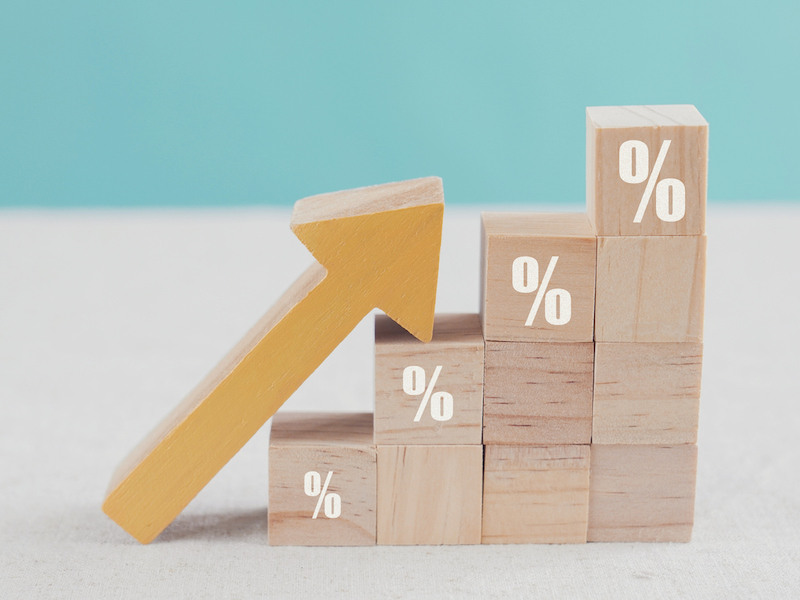
Statistics Canada says the annual pace of inflation climbed in December to its highest rate since 1991.
The agency says the consumer price index in December was up 4.8% compared with a year ago.
The reading compared with a year-over-year increase of 4.7% in November.
Driving the faster pace of price growth in December were higher year-over-year prices for food, passenger vehicles and housing.
Statistics Canada says that excluding gasoline prices from its calculations, the consumer price index would have been up year-over-year in December by 4%.
Prices at the gas pumps were up 33.3% year-over-year in December up from a 43.6% annual increase in November as tightening of public health restrictions related to the omicron variant weighed on demand.
December marked nine months in a row that headline inflation has come in above the Bank of Canada’s target zone of between 1% and 3%.
The country hasn’t seen a streak that long since before the central bank began targeting inflation at 2% in the midpoint of its comfort range.
CIBC senior economist Andrew Grantham says the streak may not be over, which could cause some concern within the Bank of Canada. He wrote in a note that rising energy prices, supply chain issues affecting food costs and jumps in house prices suggest headline inflation could grind higher still before cooling around springtime.
Scotiabank chief economist Jean-François Perrault wrote in a forecast note that central banks in both Canada and the U.S. “will tighten sooner and, to a greater extent, in 2022” than earlier forecasts. Scotiabank predicts 175 basis points of tightening in Canada this year.
“In our view, the recent and expected performance of inflation requires substantially higher policy rates,” Perrault told Investment Executive. “That’s occurring in an environment of strong growth, however. We think the economy is perfectly able to handle that. The real policy rate, for instance, would still be quite negative if our forecast materializes.”
BMO chief economist Douglas Porter suggested in a forecast note that the BoC will “tee up a March move at next week’s meeting, although we cannot rule out more immediate action (and the market is leaning heavily that way).”
Perrault said the economic impacts of the omicron variant is projected to shave about five percentage points from the quarterly growth rate in Q1 2022. Scotiabank now expects growth of 0.4% this quarter, with growth totalling 3.7% for 2022.
The Bank of Canada has said that it would act to stop runaway inflation, putting the focus on next week’s rate announcement.
The average of the three measures for core inflation, which are considered better gauges of underlying price pressures and closely tracked by the Bank of Canada, was 2.93% for December, up from the 2.73% reported in November.
The average was last that high in September 1991.